How it all Started
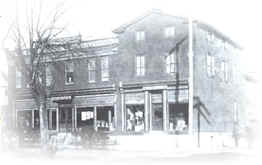 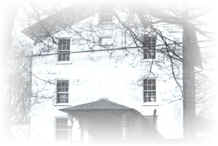 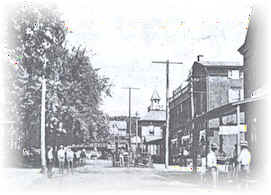 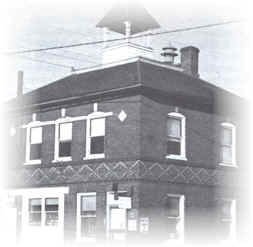  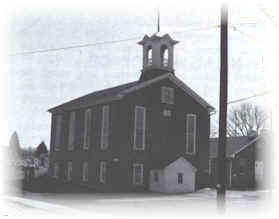  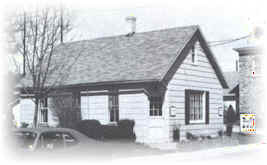 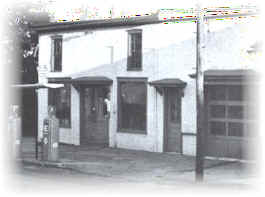 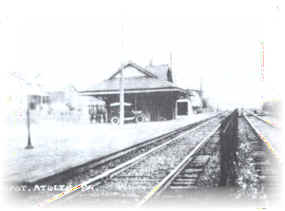 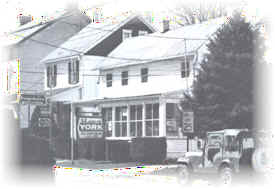 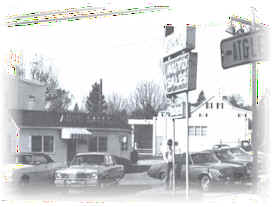 |
The land upon which Atglen now stands was once a wilderness. Cutting through it were paths made by Indians who traveled from Paxtang (present day Harrisburg) to present day Newcastle, Delaware to trade with the Swedes and later, the English. The great Minquas path was one of them. Enterprising businessmen grew bolder in their desire to stimulate business so they began to travel to the Indian's own homes. There were even some French men in the area who traded with the Indian, as did the English. Stories have come down to us that at the Greenwood Forge location, Indians slept by the fireplace of Andrew Moore's home, which was built after he came to America in 1723. In 1717, Sadsbury township was organized. It included all of present day Sadsbury Township as well as Fallowfield, Highland, and Valley townships. In August 1728, several inhabitants petitioned the court to separate Sadsbury from Fallowfield because of the former's size. In November, 1728, the township was subdivided into East and West Sadsbury, and in 1729, upon the division of Chester County into Lancaster and Chester counties, the line between the two divisions of the township was made to conform to the county line. During the mid 18th century, more and more settlers arrived, drawn by the rich farming land that is located here. The Indian trails became horse tracks and later wagon tracks as farmers shipped their goods to market in Philadelphia and Newport or New Castle, Delaware. The old Provincial Highway as authorized by the government was laid out in 1730 and the Newport Rood to the ore mines at Cornwall, Lebanon County, was laid out in 1796. Roads sprang up from these wagon tracks—the Lancaster-Philadelphia road, (It became a turnpike after 1792) and the Strasburg Road. The road to Newcastle was turnpiked in 1807. Settlers came from England, Scotland, and Ireland to live in this province of Pennsylvania where freedom of religion had been guaranteed by its founder, William Penn. The earliest organized religious group were the Presbyterians, who in 1720 formed what we know today as the Upper Octorara Presbyterian Church. They were followed by the Quakers who in 1724 founded the Sadsbury Meeting House. A year later, the English settlers formed their church at St. John's Church, Pequea, at Compass. Andrew Moore (1688-1753), who had been influential with Samuel Miller in founding Sadsbury Meeting House, built a tub mill on his property and usage by the settlers in this area. Many older residents will remember the old Moore Mill as Chalfanat's Paper Mill seventy years ago. Andrew Moore's son, James, also had a grain mill powered by water from the east branch of the Octorara Creek. The earliest settlers in the vicinity of Atglen appear to have been the Philips and the Moores. The former owning much of the valley upon which the borough of Atglen now stands, and the latter the hilly area north of the borough west to Nobleville, south of present day Christiana. Another mill was formed north of the bridge over the stream that flows south of the borough on the east side of Newport Pike just above the present sewage treatment plant. All that remains of this mill is a hole in the ground because the mill burned down in the 1870's. The house remains today, however, it is the stone building across from the Atglen Baptist cemetery. Newport Pike ran through present day Atglen. It became East Main Street. However, the hill just above it made navigation with horse and wagons impractical, so the road over Zion Hill was formed. That road as it ran through Atglen became West Main Street. Atglen is likely the only place in the world where East and West Main streets run north and south. The advance of the railroad through this area caused a great rush of business here. Farmers could bring their produce to the trains which brought the material to the fast growing cities. One enterprising man was Jesse R. Cooper, who built a forwarding warehouse in this vicinity in 1835. He kept coal, lumber, dry goods, and groceries for sale. Two or three other warehouses sprang up by the railroad. By 1840, the name Penningtonville was in common usage by the settlers in this area. By March 15, 1842, the post office was officially named Penningtonville. Thomas Pennington remained postmaster until March 15, 1846. It is assumed that Israels Mills Post Office went out of business when the Penningtonville Post Office was established in the tavern. Prior to 1851, there were no organized churches in Penningtonville. Quakers still went to the Friends' Meeting House in Sadsbury Township, Lancaster County; Presbyterians could go to the Upper Octorara Presbyterian Church north of Parkesburg; Episcopalians went to Compass. Baptists went to the church (built 1832) south of the borough and Methodists went to Andrews Meeting House (built 1833), south of the Baptist Church on the old Newport Pike road. There were no public schools in this area at this time; the children were busy with household chores to such an extent that daily education was out of the question. However, the churches held Sunday Schools and Sadsbury Meeting House had a separate school building constructed. As early as 1874 an agitation had been started to incorporate Penningtonville as a borough. Some people were against the move. Others were for it. A year of discussion and debate passed until the summer of 1875. By that time the name of Atglen had been already accepted. Simeon S. Warner who lived in a stone house with his brother Napoleon, and ran a blacksmith and wood working shop north of town had suggested the name because it was at or near Glen Run, a stream that is located just east of the village. Glen Run is properly the stream that begins above Lincoln Highway and runs southward through Kennel's Greenwood Forge, Schutsky's and empties into Officers' Run. The latter flows westward to empty into the east branch of the Octorara. Officers Run was named tc commemorate the officers of the Revolution (McClellan, Boyd, Philips, etc.) who had property in the valley between Parkesburg and Atglen. On January 3, 1876, the Court in West Chester made a decree incorporating the vil!age of Penningtonville into a borough by the title of "the Borough of Atglen.' The first election of officers was to be held on the third Tuesday of February, 1876. William McCanna was appointed judge of the election; George W. Philips and John Myers were inspectors of the election, and J. Wilson Irwin was appointed to give 'notice of the time and place for holding the election. On February 23rd, the votes were counted and the council for the first time met in the office of Hugh Rambo, esquire. They were: Burgess - Robert Futhey, senior partner of Futhey and Wilson, general store merchants; secretary treasurer; William McCanna, who had sold his store to messrs Futhey and Wilson about 1868 and who had purchased the farm of ex-president Buchanan (Wheatland) in Lancaster County, and had lately moved back to Atglen. Council members elected were: Cloud Chalfant, George W. Philips, local retiree former and landowner; street commissioner was John Myers. Charles Reese, coachmaker; Ellis T. Good, restaurant keeper; Hezekiah Linton was appointed borough constable. The borough seal was made and presented to the council on March 2 1st. The council met in a room above Futhey and Wilson's store. The rental of the room was $1.00 per meeting. On Tuesday, May 25th the Penningtonville Presbyterian Church celebrated its 25th anniversary. At the time, Mr. Futhey gave a history of the founding an development of the church in Atglen. Reverend Williat R. Halbert from Appalachin, New York, was the minister. The church walls were painted for the occasion. William McCullough, one of the founders of the church then living in West Chester, gave an address to the congregation. Businesses in the borough included Futhey and Wilson's general store, John A. Reynolds' agent for Columbia Insurance Company had a grocery and provisions store on East Main Street. Benjamin Franklin Tillum had a drug store and post office, presently Vera Bair's Atglen Restaurant and Bar. Hugh Ramba has begun a cigar manufacturing plant here. John Myers was a stone mason. Charles Reese was a coachmaker. Ellis Good was a restaurant keeper. William McConna owned the North Bend warehouse. Isaac P. Chalfant was charge of manufacturing sad irons at Greenwood Forge. R. C. Cowan had a saddle and leather shop where Eberly's Auto Sales is at present. |



